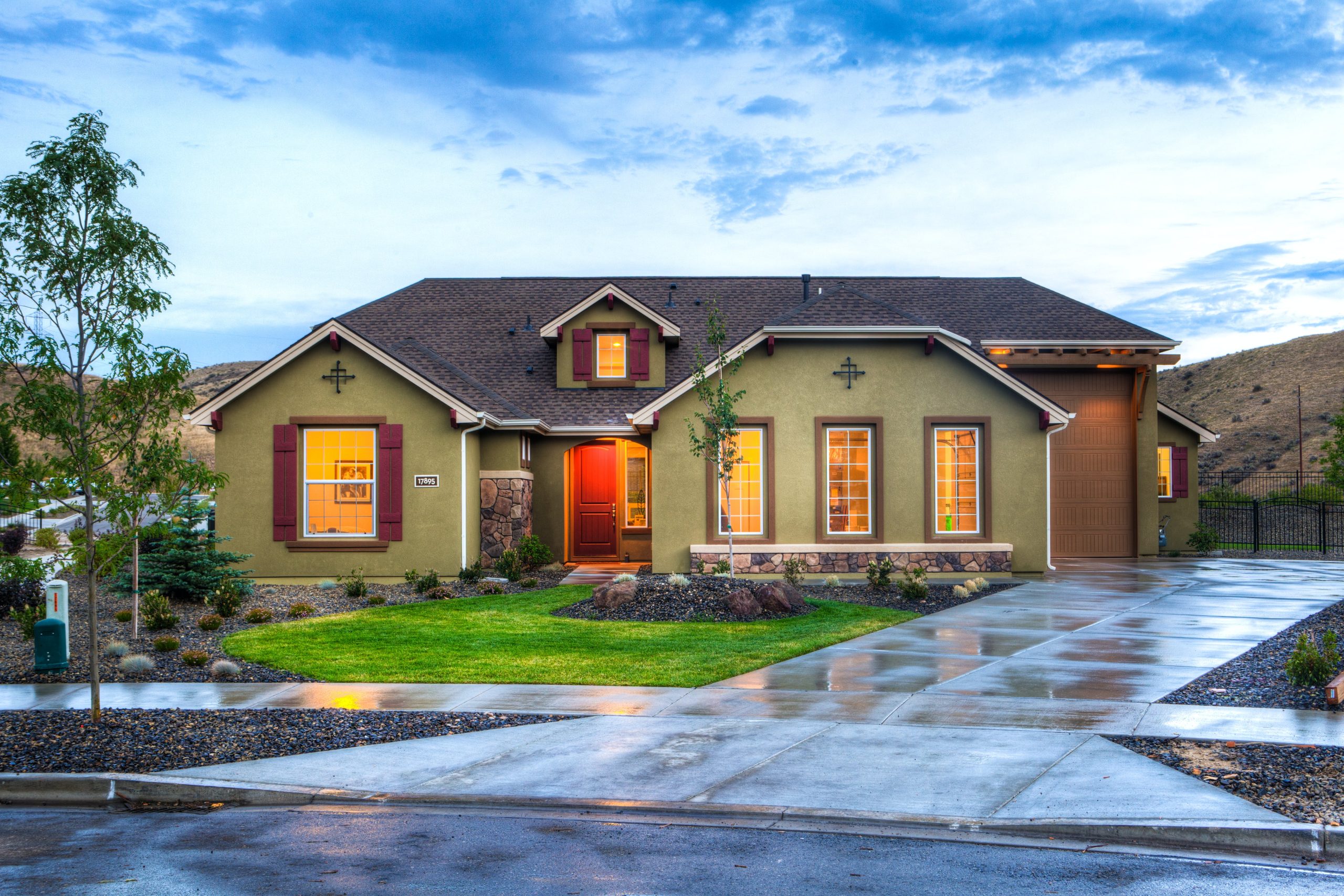How Rapid Temperature Changes Affect The Shingles On Your Roof

The unpredictable nature of weather is a constant challenge for homeowners, and the transition from cold to warm temperatures can have a profound impact on various aspects of a house, including the roof. Roof shingles, the protective layers that shield our homes from the elements, can be particularly sensitive to sudden weather fluctuations. In this blog post, we’ll explore the effects of rapid temperature changes on roof shingles and discuss ways homeowners can safeguard their roofs during these thermal rollercoasters.
Understanding Roof Shingles
Before delving into the influence of temperature shifts, it’s crucial to understand the composition of roof shingles. Most residential roofs feature asphalt shingles, known for their durability, affordability, and versatility. These shingles consist of a base mat, asphalt coating, and embedded granules, providing protection against water, UV rays, and other environmental factors.
Impact of Cold Weather on Roof Shingles
- Brittleness and Rigidity
Cold temperatures can cause asphalt shingles to become brittle and rigid. When exposed to freezing conditions, the asphalt can lose its flexibility, making shingles more prone to cracking or breaking upon impact. This brittleness is a result of the asphalt hardening in the cold, rendering the shingles less able to absorb the stress caused by temperature-related expansion and contraction.
- Ice Dams and Water Damage
In colder climates, snow and ice accumulation on roofs can lead to the formation of ice dams. These dams prevent melting snow from properly draining off the roof, causing water to pool and potentially seep underneath the shingles. As the temperature rises suddenly, the accumulated ice begins to melt rapidly, increasing the risk of water infiltration. This can compromise the integrity of the shingles and result in water damage to the underlying structure.
- Freeze-Thaw Cycles
The constant freezing and thawing cycles that occur in cold weather can take a toll on roof shingles. The expansion of water as it freezes and contracts as it thaws can create pressure on the shingle materials. Over time, this repeated stress may lead to the development of cracks or gaps in the shingles, making them more susceptible to water penetration and other forms of damage.
Impact of Warm Weather on Roof Shingles
Expansion and Contraction
The sudden shift from cold to warm weather prompts roof shingles to expand as they absorb heat from the sun. This expansion can put stress on the shingle materials, especially if they were hardened during the cold season. Conversely, when the temperature drops again, the shingles contract. These constant cycles of expansion and contraction can lead to the gradual deterioration of the shingles over time.
UV Radiation and Color Fading
Warm weather often brings increased exposure to sunlight, and the ultraviolet (UV) radiation from the sun can adversely affect roof shingles. Over time, prolonged exposure to UV rays can lead to color fading, loss of granules, and a reduction in the shingles’ protective capabilities. Homeowners in warmer climates should be aware of the potential impact of UV radiation and consider shingles with enhanced UV resistance.
Softening of Asphalt
In extreme heat, asphalt shingles can become soft and pliable. This softening effect can make the shingles more susceptible to damage, especially from hail or falling debris. Additionally, soft asphalt may not provide optimal protection against the elements, increasing the risk of wear and tear.
Protective Measures for Homeowners
Regular Inspections
Conducting regular roof inspections, especially after extreme weather events, is crucial for identifying potential issues before they escalate. Look for signs of damage, such as cracked or missing shingles, and address them promptly to prevent further deterioration.
Proactive Maintenance
Implement proactive maintenance measures to extend the lifespan of your roof. This may include clearing debris, ensuring proper attic ventilation, and addressing issues with gutters and drainage systems. Regularly cleaning the roof surface can also help prevent the growth of moss or algae, which can contribute to shingle deterioration.
Appropriate Shingle Selection
When replacing or installing new shingles, consider the climate of your region. Different types of shingles have varying levels of resistance to temperature extremes and environmental factors. Consult with roofing professionals to choose shingles that are well-suited to your local climate.
Insulation and Ventilation
Adequate insulation and ventilation in the attic play a crucial role in regulating the temperature of the roof structure. Proper insulation helps prevent heat loss in cold weather, while effective ventilation ensures that excess heat is expelled in warmer conditions. This balance can help minimize the stress on roof shingles during temperature fluctuations.
Timely Repairs
If damage is identified, address it promptly. Delaying repairs can lead to more extensive issues and potentially higher repair costs. Whether it’s replacing a few damaged shingles or addressing a more significant issue, timely action is key to maintaining the integrity of your roof.
The transition from cold to warm weather can pose challenges for roof shingles, with potential consequences ranging from brittleness and cracking to color fading and softening. Homeowners must be proactive in monitoring and maintaining their roofs to mitigate the impact of these temperature-related issues.
Regular inspections, proper maintenance, and strategic shingle selection are essential components of a comprehensive approach to roof care. By understanding how rapid temperature changes can affect roof shingles, homeowners can take informed steps to protect their homes and ensure the longevity of their roofing systems. As the thermal rollercoaster of weather persists, a well-maintained roof will continue to stand as a reliable shield against the elements.
Call or text us at (636) 699-0449 for a free inspection. Follow us on Facebook, Instagram, Twitter, and LinkedIn, and feel free to connect directly.
Contact us today
When it comes to any roofing job in the St. Charles County Area, there’s only one obvious choice – Second To None Exteriors!
We’re excited to work with you. Fill out the quick form below and we’ll get back to you momentarily!

